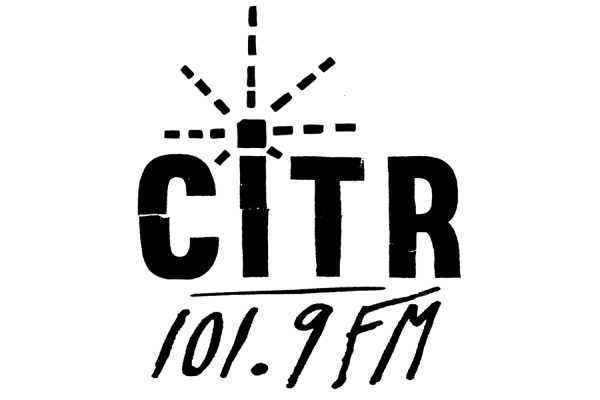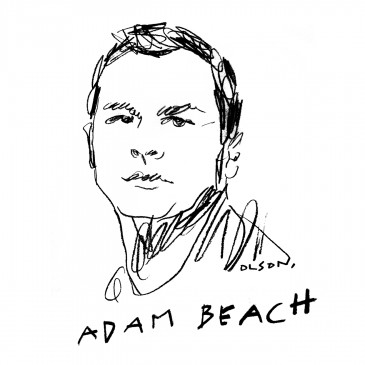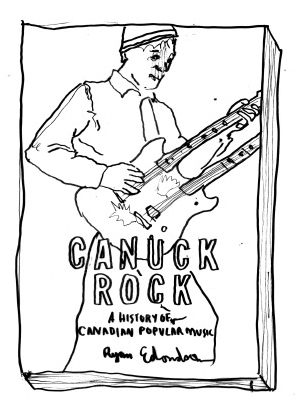I listened to Alex Ross’ popular history of avant-garde music while driving a rented Dodge Caravan for 11 straight hours, up from our nation’s capital to the mosquito-rich hitch-hiker’s hell of Wawa, Ontario.
The idea, I guess, was to subvert the wilds of northern Ontario. Thundering past a mess of porcupines, “Jesus Saves” billboards and a container truck painted with the American flag-raising at Iwo Jima, we heard Ross explain how, in the cafés and concert halls of 19th century Europe, composers like Strauss, Stravinsky and Bartok opened the door to the kind of obscure, atonal music that sent box-seat sophisticates into fist-fights.
The Rest is Noise reads like a pack of biographies. Ross skips back and forth across decades as he revolves around the public reception and private lives of composers from Sibellius to John Cage. In a velvety style that will please the CBC Radio 2 crowd, Ross the scholar details how Mahler circled this particular line of Nietzche’s Zarathustra or explodes that long-running rumour about Debussy leading a weird order of Catholics who claimed to know the secrets of the Holy Grail.
In the Dodge, Ross’ chronicle of 20th century zeitgeist had to compete with my first taste of satellite radio—a good test of his storytelling. Do I care that the American composer Charles Ives ran two marching bands past each other just to sit and hear them clash? Sure I do. And I can’t believe an orchestra played Strauss’ Symphonia Domestica to 5,000 New Yorkers packed into the city’s first two-block department store.
Ross excels at detailing changes in public taste, and lifting juicy tidbits from composers’ private lives, like the three-hour therapy walk where Freud and Strauss decided that his music stemmed from a childhood episode where Strauss ran into the street to avoid his fighting parents and heard the cheerful folk tunes of a street performer.
The book also does a good job situating these details in a sweep of 20th century history—we learn what the Kaiser said about Mahler’s “Symphony No. 8” and hear how Hitler and Stalin changed composition. Ross pays special attention to racial politics, describing how first Jewish and then African-American composers struggled to find work in the midst of a racist upper-crust.
But when Ross writes about pure music, whether it’s a six-tone gamelan scale that inspired Debussy or an hour-long tone poem by a composer steeped in Dada, we found ourselves switching the Dodge’s stereo over to NPR, the Sabbath channel and Playboy’s sexy stories. Ross is best when chronicling the personalities behind the music—to explain the sound itself, I’d rather turn to books by John Cage.
Still, The Rest is Noise is a well-researched, detailed sweep of a huge shift in what used to be a popular form of music. If it fails to evoke much of the music itself, you can always read it with The Rite of Spring on the stereo beside you.




